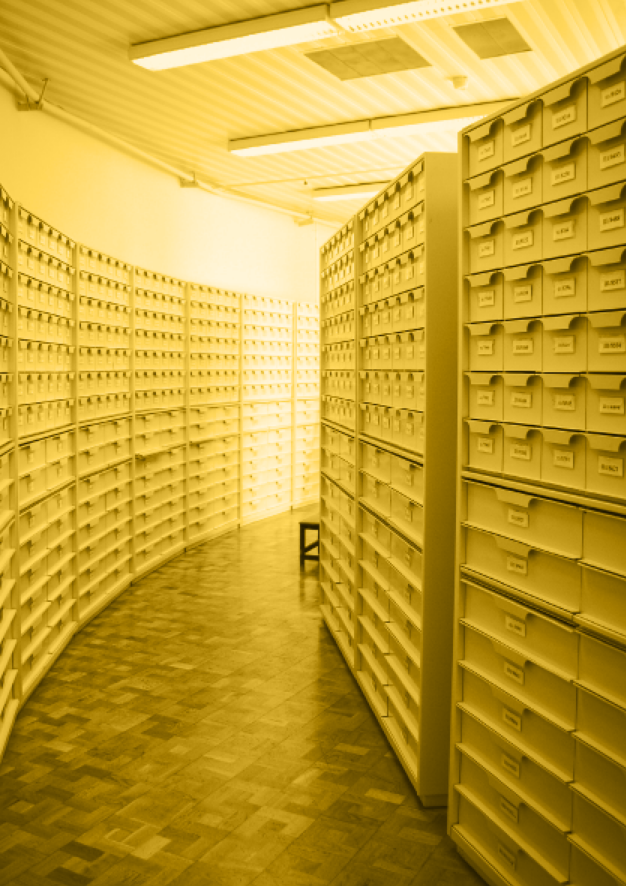What Is the Color of the Past?
The Truth of the Archive and the Truth of Simulation
Identifiers (Article)
Abstract
Recently, the digital recoloring of black-and-white film has become a standard of historical documentation. Since the documented events originally took place in color, the argument goes, recoloring the images brings them closer to reality. Using the example of the French documentary film series Apocalypse – la 2ème Guerre Mondiale, a digital re-coloring of historical black-and-white footage, the article discusses the historiographical concepts behind this kind of simulation. Is digital recoloring an authentic and vivid animation of past events (as the authors of Apocalypse claim)? Or is it rather a questionable overwriting of archival material (as art historian Georges Didi-Huberman claims)? This article discusses various arguments for and against this technology of animation and ultimately takes the side of the critics: It is undeniable that every historical reconstruction is a subsequent interpretation. But shouldn’t pictorial sources be left in their surviving visual integrity – as one would undoubtedly do with written documents? The historical archive is no tabula rasa. But changing the visual integrity of pictures is no reanimation of the “real”, but rather an erasure of historical material.
Statistics




